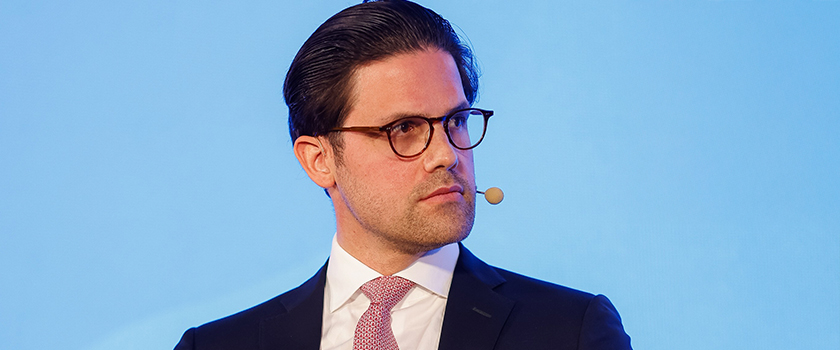Our Global Head of Forex Strategy, Peter Kinsella, discusses our updated outlook on sterling
The outlook for GBP exchange rates has become much more ominous. The COVID-19 pandemic has led to a significant decline in growth and consequently an increase in government indebtedness. The Bank of England (BoE) has cut interest rates to 0.1% and restarted its quantitative easing programme, as had been expected by many analysts. However, the BoE is said to be seriously considering the possibility of introducing negative deposit rates. This would be the first time that a country with a large current-account deficit applied such a policy. We think that this would be a highly negative development for GBP exchange rates, due to the importance of portfolio flows in balancing the UK’s current-account deficit.
A second risk looming on the horizon is the ongoing state of EU–UK trade negotiations. EU Chief Negotiator Michel Barnier has noted that little substantive progress has been made in the talks. Consequently, we think that the chances of the EU and the UK failing to agree to a trade deal are around 50:50. This risk will crystallise as we move into late June and nearer to the UK’s self-imposed negotiation deadline. As a result of these factors we now anticipate that sterling will weaken over the coming weeks and, at a minimum, we expect that GBP exchange-rate volatility will increase materially.

Peter Kinsella
Global Head of Forex Strategy








